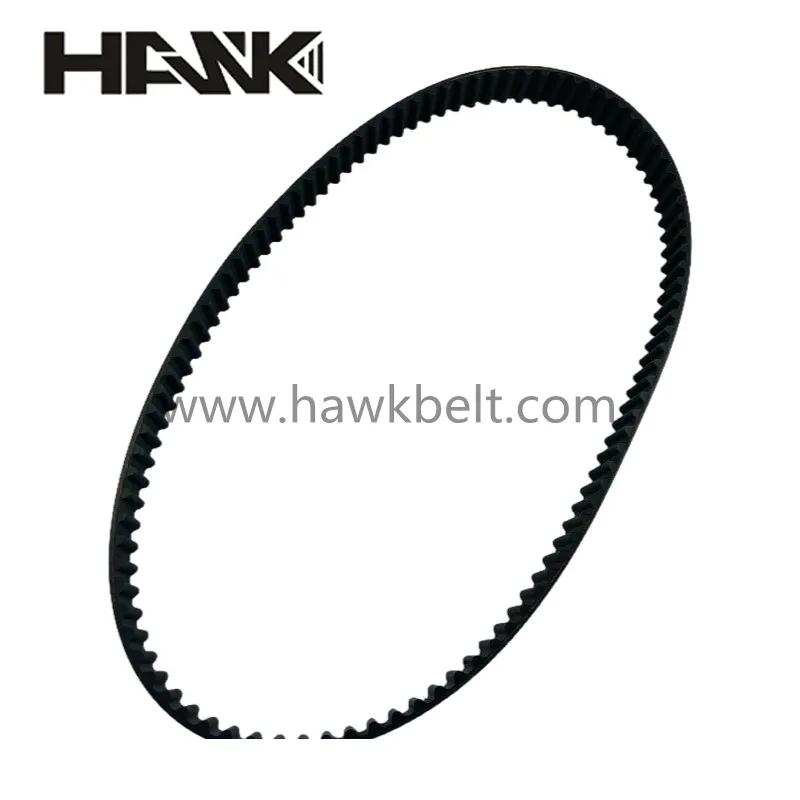- Arabic
- French
- Russian
- Spanish
- Portuguese
- Turkish
- Armenian
- English
- Albanian
- Amharic
- Azerbaijani
- Basque
- Belarusian
- Bengali
- Bosnian
- Bulgarian
- Catalan
- Cebuano
- Corsican
- Croatian
- Czech
- Danish
- Dutch
- Afrikaans
- Esperanto
- Estonian
- Finnish
- Frisian
- Galician
- Georgian
- German
- Greek
- Gujarati
- Haitian Creole
- hausa
- hawaiian
- Hebrew
- Hindi
- Miao
- Hungarian
- Icelandic
- igbo
- Indonesian
- irish
- Italian
- Japanese
- Javanese
- Kannada
- kazakh
- Khmer
- Rwandese
- Korean
- Kurdish
- Kyrgyz
- Lao
- Latin
- Latvian
- Lithuanian
- Luxembourgish
- Macedonian
- Malgashi
- Malay
- Malayalam
- Maltese
- Maori
- Marathi
- Mongolian
- Myanmar
- Nepali
- Norwegian
- Norwegian
- Occitan
- Pashto
- Persian
- Polish
- Punjabi
- Romanian
- Samoan
- Scottish Gaelic
- Serbian
- Sesotho
- Shona
- Sindhi
- Sinhala
- Slovak
- Slovenian
- Somali
- Sundanese
- Swahili
- Swedish
- Tagalog
- Tajik
- Tamil
- Tatar
- Telugu
- Thai
- Turkmen
- Ukrainian
- Urdu
- Uighur
- Uzbek
- Vietnamese
- Welsh
- Bantu
- Yiddish
- Yoruba
- Zulu
нов . 20, 2024 20:13 Back to list
synchronous timing belt
Understanding Synchronous Timing Belts Applications and Benefits
Synchronous timing belts are vital components used in various mechanical systems, primarily for the purpose of power transmission and motion control. Unlike traditional V-belts, which can slip and suffer from wear over time, synchronous timing belts operate with perfect synchronization, making them highly efficient for specific applications. This article will explore the design, functionality, applications, and advantages of synchronous timing belts.
Design and Functionality
Synchronous timing belts, often referred to as toothed belts, are characterized by their toothed profile, which fits into corresponding grooves on pulleys. This design ensures that the belt and pulley maintain a positive engagement, enabling precise control of motion and timing. Typically made from high-strength materials such as rubber, polyurethane, or reinforced fiber, these belts are built to withstand varying loads and temperatures. Some designs also incorporate additional materials to enhance durability and resistance to chemicals and environmental factors.
The operation of a synchronous timing belt is based on the principle of engaging the teeth of the belt and the pulleys. When one pulley is turned, the connected belt transmits motion to the other pulley without any slippage. This characteristic is particularly advantageous in applications where maintaining accurate timing is crucial, such as in automotive engines and robotic systems.
Applications
synchronous timing belt

Synchronous timing belts find applications across numerous industries. In automotive engineering, they are commonly used in the camshaft and crankshaft of internal combustion engines, coordinating the movement of engine components to ensure optimal performance and efficiency. Additionally, timing belts are critical in timing applications for various machinery and automation systems in manufacturing processes.
In the realm of robotics, synchronous timing belts enable precise linear motion in robotic arms and automated assembly lines. The reliability and accuracy of these belts are essential for tasks such as packaging, material handling, and inspection processes. Other industries leveraging synchronous timing belts include woodworking, food processing, and HVAC systems, highlighting their versatility.
Advantages
The primary advantages of synchronous timing belts include their ability to provide high precision and efficiency in power transmission. Because there is no slippage, calculations of angular displacement and speed are accurate, which is crucial for applications requiring tight tolerances. Furthermore, synchronous timing belts often operate more quietly than chain drives or other mechanical systems, contributing to a more pleasant working environment.
Additionally, these belts tend to require less maintenance compared to other power transmission options, as there are no lubrication requirements. Their design results in lower wear and tear, offering a longer operational lifespan and reducing the need for frequent replacements.
In conclusion, synchronous timing belts play a significant role in various mechanical systems by providing reliable and efficient power transmission. Their unique design, combined with their applications in diverse industries, makes them an indispensable component in modern engineering and manufacturing practices. As industries continue to evolve, the demand for synchronized motion technologies will undoubtedly keep synchronous timing belts at the forefront of engineering solutions.
-
High-Quality Endless Flat Drive Belt for Precision Power Transmission
NewsJul.24,2025
-
High-Performance Serpentine Belt for Car Engines – Durable & Reliable
NewsJul.23,2025
-
High Efficiency V Belt Drive with Double & Toothed Options for Industry
NewsJul.22,2025
-
Affordable Fan Belt Cost - Compare Prices & Save | Auto Parts Deals
NewsJul.22,2025
-
China Factory 6PK1130 EPDM Rubber Engine Conveyor Belt Supplier
NewsJul.21,2025
-
Korean Auto Parts Timing Belt 24312-37500 For Hyundai/Kia
NewsMar.07,2025

